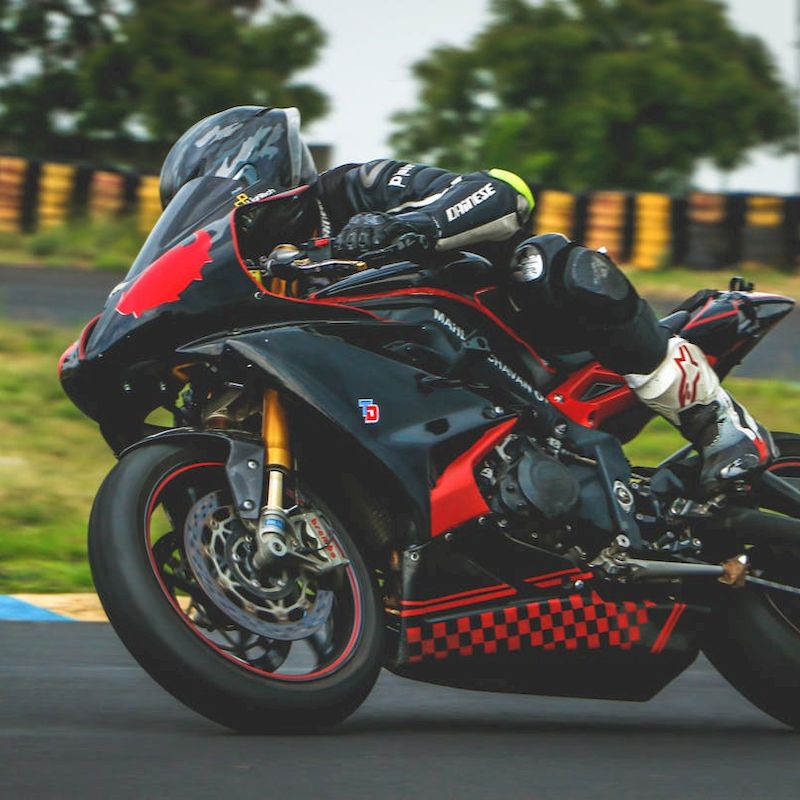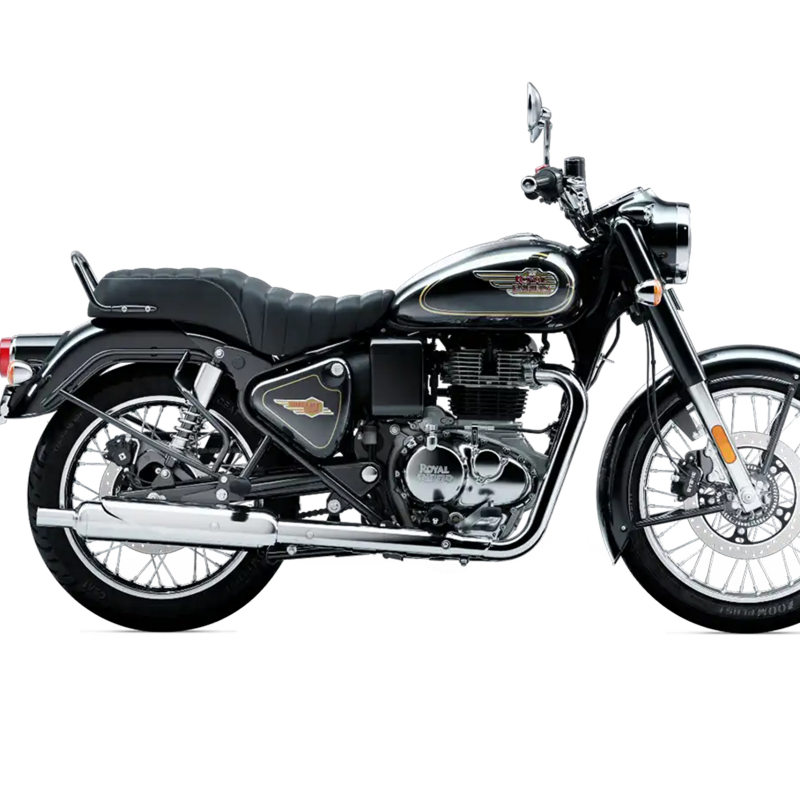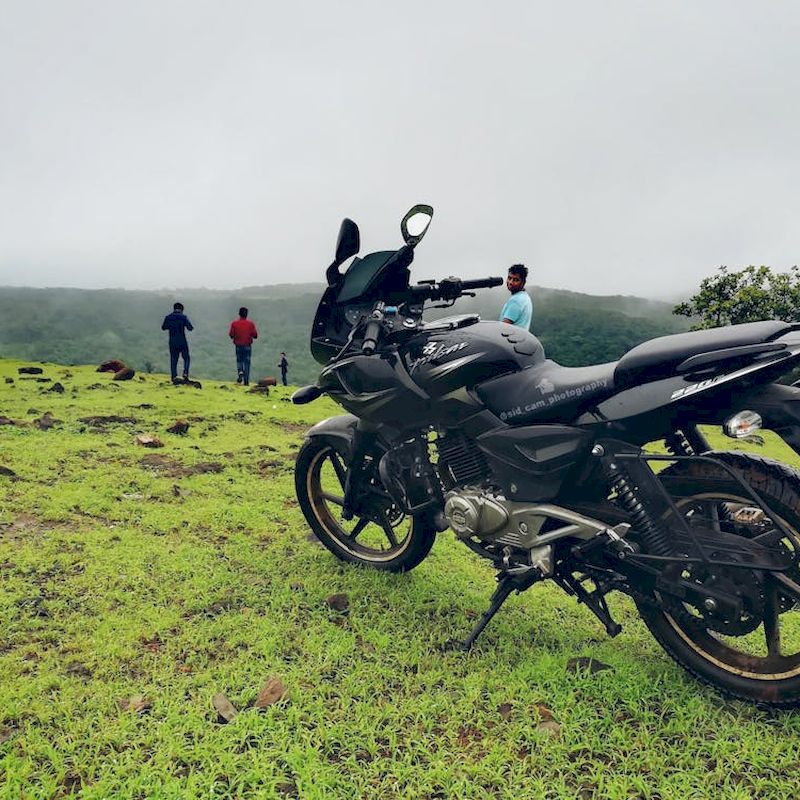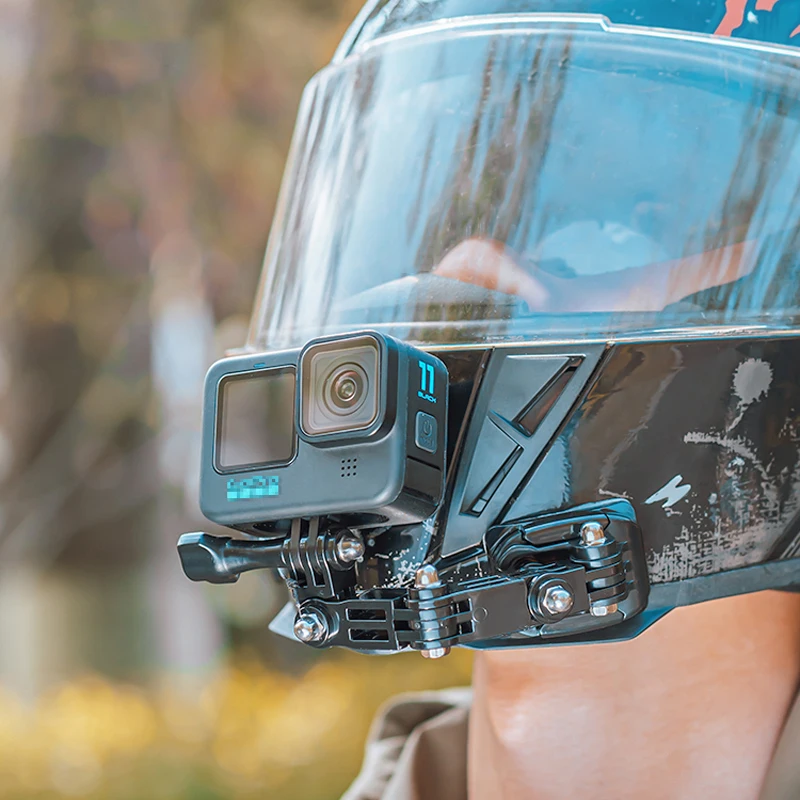Introduction
Motorcycling is one of the most exhilarating and liberating experiences available to enthusiasts. Navigating the open road on two wheels offers a sense of freedom that is hard to replicate. However, before you can enjoy that sensation, you need to know how to get a motorcycle license. This comprehensive guide will take you through every step of the process, from understanding the different types of licenses and necessary requirements to preparations for the practical test and beyond. Whether you’re a complete novice or looking to upgrade your skills, this article has you covered.

Understanding Types of Motorcycle Licenses
Before diving into the steps to obtain a motorcycle license, it’s crucial to familiarize yourself with the different classes of licenses available. Each class permits different types of motorcycles and rider responsibilities.
1. Class M1 License
The Class M1 license allows you to operate any two-wheeled motorcycle, including limited motorcycles (those below a certain engine size). This license gives you the greatest freedom and is ideal if you’re planning to ride larger bikes or cruisers.
2. Class M2 License
The Class M2 license is somewhat restricted compared to the M1. With an M2, you can ride:
- Motorized scooters
- Mopeds
- Motorcycles with a maximum engine capacity defined by your state
Both M1 and M2 licenses typically require separate tests, and the one you choose will depend on what type of motorcycle you plan to ride.
Eligibility Requirements for a Motorcycle License
Acquiring a motorcycle license involves meeting several pivotal eligibility requirements. Understanding these can help you prepare effectively for the journey ahead.
1. Age Requirement
Most states require riders to be at least 16 years old before applying for a motorcycle learner’s permit, with full license eligibility often beginning at 18. Always verify your state’s specific age requirements.
2. Possession of a Valid Driver’s License
In many states, you will need to hold a valid driver’s license or learner’s permit. If you don’t have one yet, you may need to obtain it before taking the next steps toward a motorcycle license.
3. Motorcycle Safety Course Completion
Many states encourage or require prospective riders to complete a Motorcycle Safety Foundation (MSF) Basic Rider Course. Completing this course can often waive the riding skills test.
Steps to Get a Motorcycle Permit
Once you have determined your eligibility, the next step is to obtain your motorcycle learner’s permit. The following steps will guide you through this process.
1. Study the Motorcycle Handbook
Every state publishes a Motorcycle Handbook, which contains crucial information about motorcycle laws, safe riding practices, and essential riding techniques. Thoroughly read and understand this handbook to prepare for the written exam.
2. Schedule an Appointment at the DMV
Most states require you to visit the Department of Motor Vehicles (DMV) to take both written and skills tests. It’s advisable to schedule an appointment online ahead of time to minimize waiting.
3. Take the Written Test
During your DMV appointment, you will take a written test based on the material covered in the Motorcycle Handbook. The exam typically includes multiple-choice questions that assess your knowledge of road signs, traffic laws, and safe riding practices.
4. Pay the Fees
Be prepared to pay an application fee when you apply for your motorcycle permit. Fees vary by state, so check your local DMV website for specific amounts.
5. Obtain Your Motorcycle Learner’s Permit
Once you pass the written test and pay any necessary fees, you will receive a motorcycle learner’s permit. This permit allows you to practice riding on public roads under certain restrictions, such as not riding after dark or carrying passengers.
Completing the Motorcycle Skills Test
The motorcycle skills test is a significant milestone in obtaining your license. This section covers everything you need to know about preparing for and completing this test successfully.
1. Practice Makes Perfect
After receiving your motorcycle learner’s permit, dedicate time to practicing your riding skills. Focus on fundamental practices like turning, braking, and navigating obstacles. Practicing in a safe and controlled environment can boost your confidence.
2. Scheduling the Skills Test
Once you feel adequately prepared, you can schedule your motorcycle skills test. In some states, this can be done through the DMV. Make sure to confirm the requirements for the skills test specific to your state.
3. What to Expect During the Skills Test
On test day, arrive early and equipped with your motorcycle, which should be in good working condition. Common skills assessed during the test include:
- Quick stopping
- Turning
- Evasive maneuvers and obstacle detection
4. Receiving Your Results
After completing the skills test, the examiner will provide feedback. If you pass, you can move forward to obtain your motorcycle license; if you don’t, they’ll give you valuable feedback to work on your skills before trying again.
Obtaining Your Motorcycle License
Congratulations on successfully completing your written and skills tests! Now it’s time to obtain your official motorcycle license. Here’s how:
1. Prepare Required Documentation
Before visiting the DMV, gather any necessary documents, including:
- Your learner’s permit
- Proof of identity (such as a passport or birth certificate)
- Proof of residency (utility bill, lease, etc.)
2. Pay the Licensing Fee
Just as there were fees associated with obtaining your permit, obtaining your license will also require a fee. Be prepared to pay this on the day you apply.
3. Take the Vision Test
A basic vision test is often conducted to ensure you can see and react to road signs and potential hazards while riding.
4. Receive Your Motorcycle License
If all goes well, you will receive your motorcycle license on the same day. You’ll then have the freedom to ride on the open road legally!
Tips for Safe Motorcycle Riding
Acquiring your motorcycle license is just the beginning. Safety while riding is paramount. Here are essential tips to keep you safe on the road.
1. Wear Protective Gear
Always wear the appropriate safety gear, including:
- A DOT-approved helmet
- Gloves
- Protective clothing (jacket, pants)
- Sturdy boots
2. Stay Aware of Your Surroundings
Situational awareness is crucial for motorcyclists. Always stay alert to other vehicles, pedestrians, and potential obstacles. This can enhance your reaction time and help you avoid accidents.
3. Practice Defensive Riding
Adopt a defensive riding strategy by anticipating the actions of others. Keeping a safe distance, using your mirrors, and avoiding blind spots can help prevent collisions.
4. Avoid Distractions
Distractions can lead to devastating consequences. Keep your focus on the road, avoid using your phone while riding, and steer clear of listening to loud music.
5. Take Riding Courses
Continuous learning through advanced riding courses can significantly improve your skills and knowledge. Stay abreast of the latest motorcycle technologies and riding techniques.
Maintaining Your Motorcycle License
After obtaining your motorcycle license, it’s important to know how to maintain it and remain compliant with the law.
1. Understand Renewal Requirements
Most jurisdictions require license renewal every few years. Be aware of your state’s renewal process, and ensure you complete any necessary continuing education.
2. Stay Updated with Laws and Regulations
Motorcycle laws can evolve. Keeping yourself updated on any changes in legislation or regulations can prevent issues and enhance safety.
3. Insurance Requirements
Ensure you have the appropriate motorcycle insurance coverage. Most states require a minimum level of liability coverage, but additional types of coverage like collision and comprehensive can provide better protection.
4. Periodic Health Checks
Keep track of your health, including vision and reaction times. If you ever feel that you are no longer able to ride safely, consider discussing it with a healthcare professional or taking a refresher course.
Conclusion
Learning how to get a motorcycle license is an exciting journey that leads to newfound freedom and adventure. By understanding the steps involved, complying with state regulations, and prioritizing safety, you can fully enjoy the experience of motorcycling.



